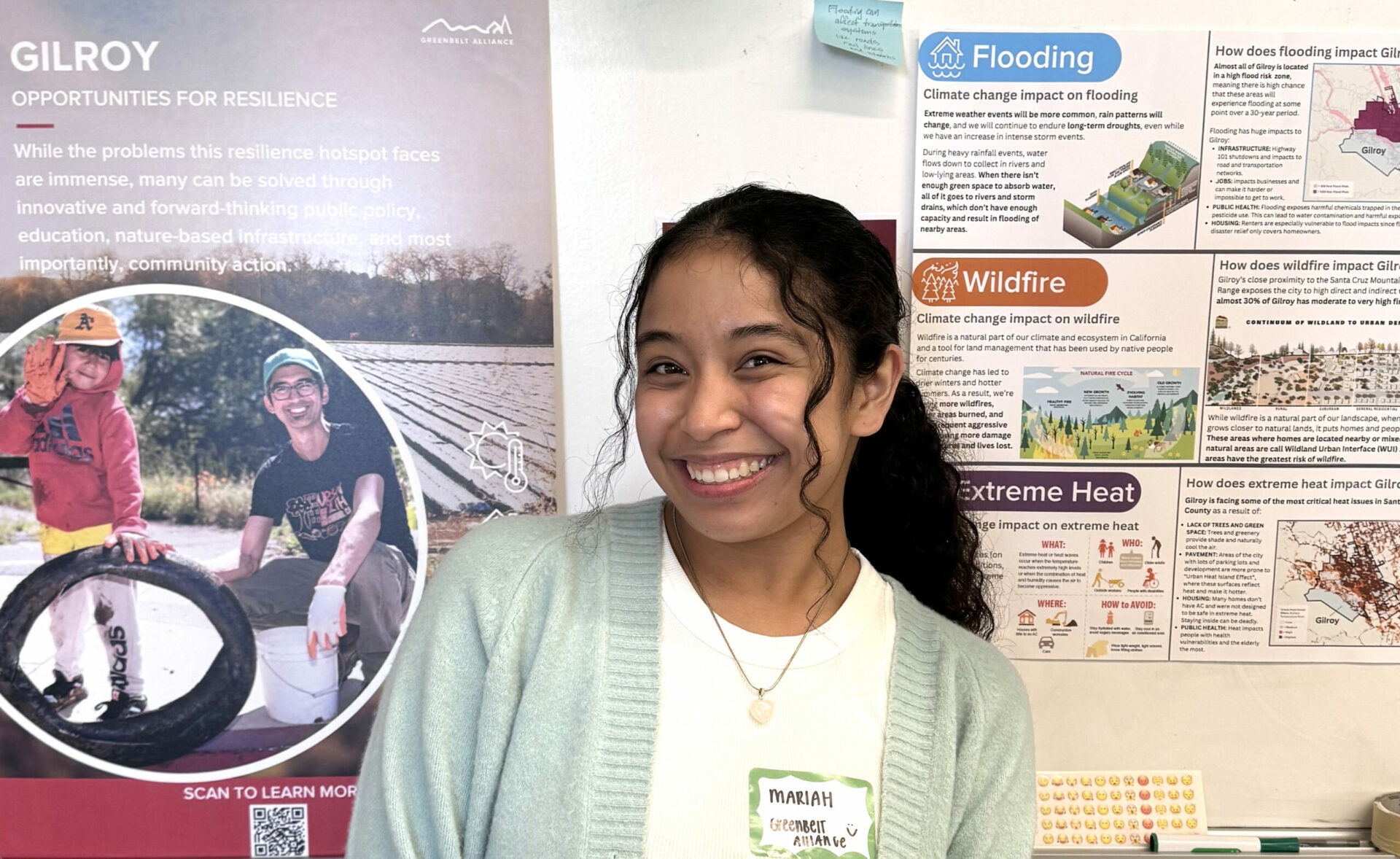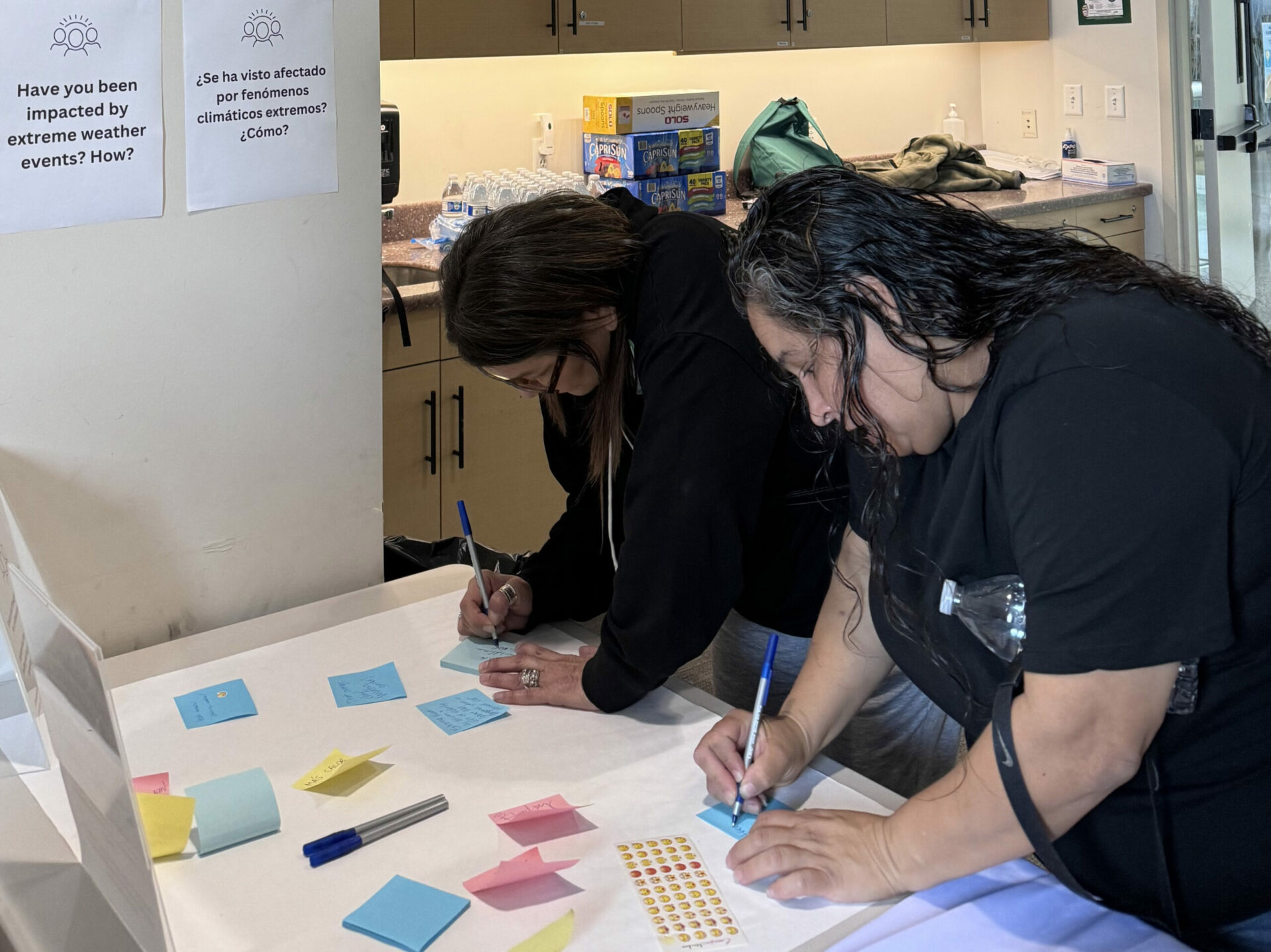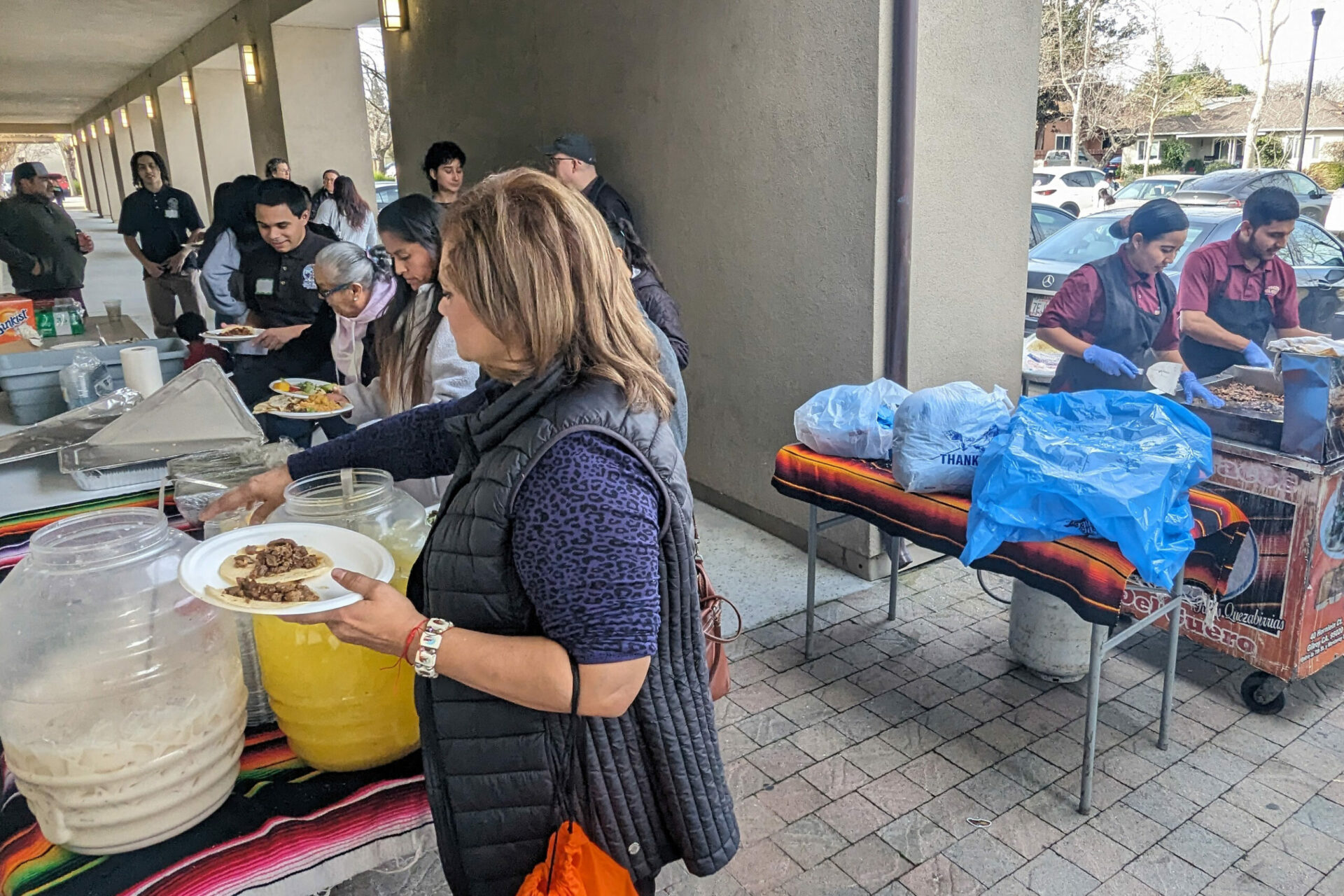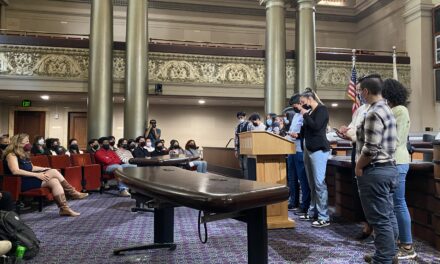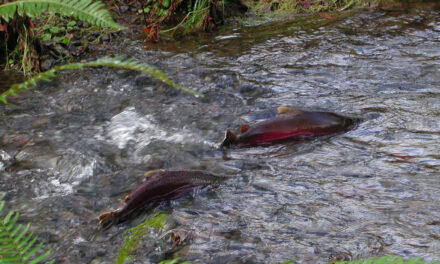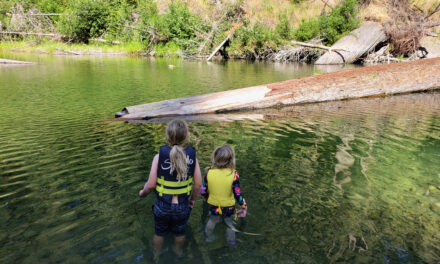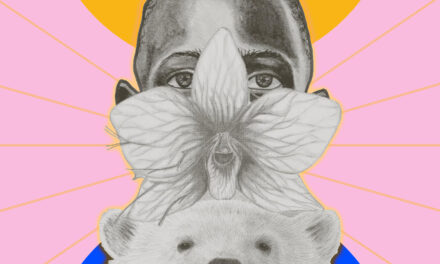Changemaker Gets to Know Gilroy
Mariah Padilla at Gilroy Public Library. Photo: Greenbelt Alliance
Mariah Padilla wants to help create positive change in the region she grew up in. As a Resilience Fellow at Greenbelt Alliance, a San Francisco Bay Area nonprofit organization working on regional conservation and climate resilience initiatives, Padilla is working with Gilroy community members facing severe impacts of flooding, wildfire, and extreme heat.
Gilroy and East San Jose are among 18 hotspots where communities are at greatest risk of climate hazards in the Bay Area, according to Greenbelt Alliance. Gilroy, a town about 16 miles south of San Jose known as the “Garlic Capital of the World,” is historically an agricultural community and home to about 60,000 residents. In February 2024, Greenbelt Alliance, along with the Community Agency for Resources, Advocacy and Services, Tenacious Group, and Ashes to Beauty, received a $470,000 grant from the California Strategic Growth Council to improve climate adaptation and emergency resources in East San Jose and Gilroy. CARAS works directly with Latino youth and families on issues such as immigration, voting rights, student advocacy, and workforce development and protections.
“I am excited to learn more about what these communities need,” says Padilla, who is also a current graduate student in the Master of City Planning program at UC Berkeley. Prior to graduate school, Padilla worked on projects related to tribal climate resilience, sea level rise, and coastal resilience planning with the California Governor’s Office of Planning and Research.
As part of her fellowship, Padilla helped Greenbelt and CARAS host a Forum For a Greener Future at the Gilroy Public Library. The January forum, attended by over 40 community members and local organizations, included extreme heat surveys and community visioning activities.
“What we really heard from the community is that they didn’t feel prepared for the climate impacts they have been facing,” she says. “Many [people] didn’t know where emergency evacuation sites were. They wanted an opportunity to learn about climate change and how to best prepare themselves.”
Photo: Greenbelt Alliance
The event organizers, in turn, wanted to ensure that the voices and needs of community members would play a central role in the process of creating a resilience hub in Gilroy. As Padilla explained, the community engagement process will ultimately determine what the resilience hub looks like, and how it can serve both Gilroy and East San Jose. But the idea is to support residents and coordinate resource distribution and services before, during, and after a climate emergency.
In response to the digital divide (unequal access to smartphones, computers, and the internet), and the lack of centralized resources for climate emergencies in Gilroy, Padilla is also developing a multi-hazard disaster preparedness guide. Padilla is developing the guide as a part of her university coursework and fellowship. Her goal is to disseminate it – both in print and on the County of Santa Clara website – as a living toolkit for the community.
Enjoying the food offerings at Gilroy’s Forum For A Greener Future. Photo: Greenbelt Alliance
Padilla grew up in South San Francisco, and although her community has not experienced extreme heat or flooding, its housing crisis is directly tied to the climate crisis. From extreme weather conditions to wildfire smoke, climate impacts can physically damage housing properties and structures, lead to increased housing costs, and also influence where and how new housing should be built, she says.
As a woman of color in planning, which she says is a historically white, male-dominated field, Padilla strives to advocate for more equitable city planning by centering community voices throughout the planning process.
“We are seeing the resilience hub in Gilroy actually coming to fruition, which will foster community climate resilience and everyday resilience,” says Padilla. “It shouldn’t just be a space for when climate disasters happen. It should be a space where community members can come together.”
Other Recent Posts
Slow Progress on Shade For California’s Hottest Desert Towns
Coachella Valley communities face record temperatures with little shade. Policy changes lag as local groups push for heat equity.
In Uncertain Times, the Port of Oakland Goes Electric
A $322M grant powers Oakland’s port electrification — cleaning air, cutting emissions, and investing in community justice.
Testing Adaptation Limits: Mariposa Trails, Marin Roads & San Francisco Greenspace
In KneeDeep’s new column, The Practice, we daylight how designers, engineers and planners are helping communities adapt to a changing climate.
ReaderBoard
Once a month we share reader announcements: jobs, events, reports, and more.
Boxes of Mud Could Tell a Hopeful Sediment Story
Scientists are testing whether dredged sediment placed in nearby shallows can help our wetlands keep pace with rising seas. Tiny tracers may reveal the answer.
“I Invite Everyone To Be a Scientist”
Plant tissue culture can help endangered species adapt to climate change. Amateur plant biologist Jasmine Neal’s community lab could make this tech more accessible.
How To Explain Extreme Weather Without the Fear Factor
Fear-based messaging about extreme weather can backfire. Here are some simple metaphors to explain climate change.
Live Near a Tiny Library? Join Our Citizen Marketing Campaign
KneeDeep asks readers to place paper zines in tiny street libraries to help us reach new folks.
Join KneeDeep Times for Lightning Talks with 8 Local Reporters at SF Climate Week
Lightning Talks with 8 Reporters for SF Climate Week
Staying Wise About Fire – 5 Years Post-CZU
As insurance companies pull out and wildfire seasons intensify, Santa Cruz County residents navigate the complexities of staying fire-ready.






